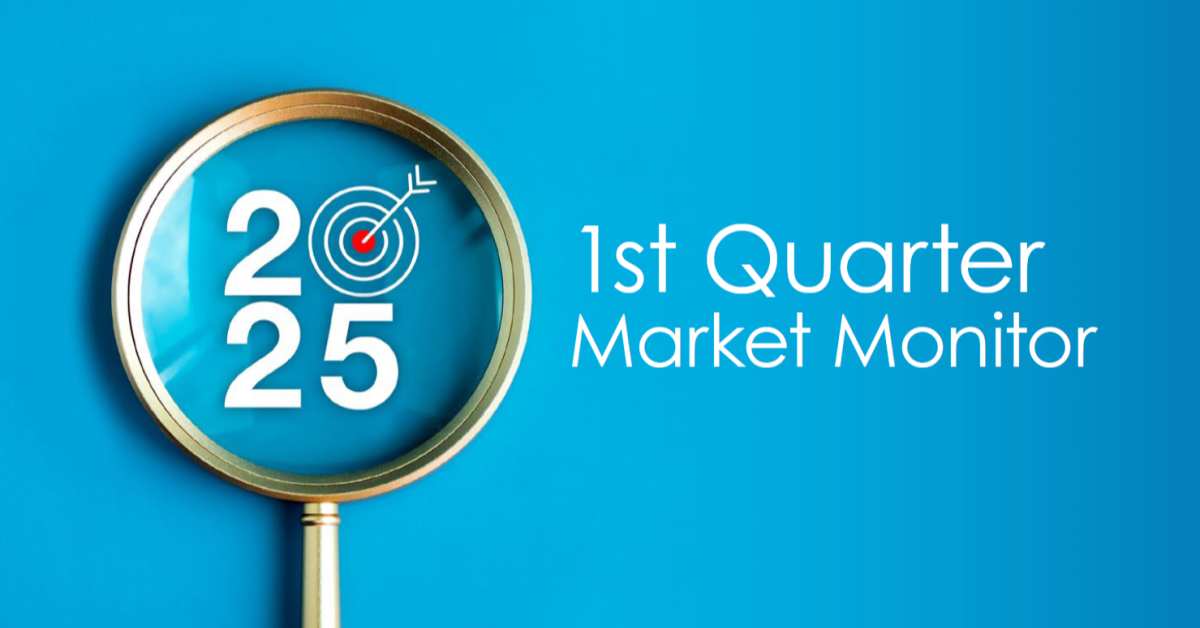How are financial advisors paid?
How financial consulting companies charge can seem confusing, as it’s multi-layered. It’s one area where you will want to get complete clarity.
The fee structure
An advisor’s fee structure can be fee-only, fee-based, or commission only. The structure you choose matters.
As the name implies, a fee-only advisor receives no commissions on your investments. A fee-based advisor is a hybrid, accepting commissions on investments in addition to charging management fees. And a commission-only advisor earns only the commissions paid on the transactions purchased and sold in your name from investment outfits or mutual fund, brokerage, or insurance companies.
The entity providing the service
Services can be provided by robo-advisors, online planning services, or traditional human advisors. Robo-advisors are computer-based. They use algorithms to build and monitor your investment portfolio, based on the risk tolerance, goals, and time frame you define, with little human interaction. Online planning services add customized financial planning to the robo-advisor model. You might have access to a team or to a dedicated, certified financial planner. Traditional advisors can offer a vast array of personalized services, whether in financial, investment, or retirement planning.
The fees
Fees are cited merely as a reference. You want to define precisely what your financial advisor will charge in each case.
Fees are frequently based on how much money the advisor or service is managing for you. It’s called Assets Under Management, or AUM. (Often, you will have to meet account minimums to work with a particular person or service.) For traditional, in-person advisors, the fee is typically 0.50% to 2.0% of AUM per year. For robo-advisors, it might run 0.25% to 0.50%, and for online planning services, 0.30% to 1.00%.
Others may work on a flat fee, which could be an annual retainer ($2,000 to $10,000, or much more), a per-plan fee ($700 to $3,500), or an hourly fee ($150 to $400). Online planning services could charge an annual fee of $400 or more.
If a planner charges commissions, these could range from 3% to 8.5% of the value of the investment. It could be charged when you purchase (a front-end load) or sell (a back-end load).
Does my financial advisor have a fiduciary responsibility to me?
Having a fiduciary responsibility means your financial advisor must legally give advice that is in your best interest. But that is not always the case. If not a fiduciary, an advisor could work on a ‘suitability standard,’ where the recommendation has to be suitable for your financial goals and status. But, if two products are suitable, but one pays a higher commission to the advisor than the other, the advisor is not required to offer you the best choice.
Fee-only advisors generally work as fiduciaries. They are considered the preferred choice of advisor both for the fiduciary issue, as well as the more clear-cut relationship that comes from not accepting commissions on transactions. One source of fee-only financial advisors is the National Association of Personal Financial Advisors (NAPFA).
Non-fee-only advisors often do not work as fiduciaries. However, since 2017, all financial advisors must meet fiduciary standards when advising on retirement accounts. Unfortunately, that Department of Labor ruling does not extend to other kinds of advice.
Some questions to ask before hiring a financial advisor
Now that you understand your options, and may have chosen some candidates, be sure to get clear answers to the following questions:
- What types of planning or advice do you consider your specialty? Who is your ideal client?
- What credentials do you have? And how long have you been practicing?
- Do you have a fiduciary responsibility or a suitability standard?
- Are you fee-only, fee-based, or commission only?
- Exactly how are you compensated, whether from other parties or me? What additional fees will I face?
Your best bet of all? Start with referrals from people you respect and trust, and who have handled their financial resources in a way you appreciate. And then start asking questions.
*This article is for informational purposes only and should not be considered investment advice.



